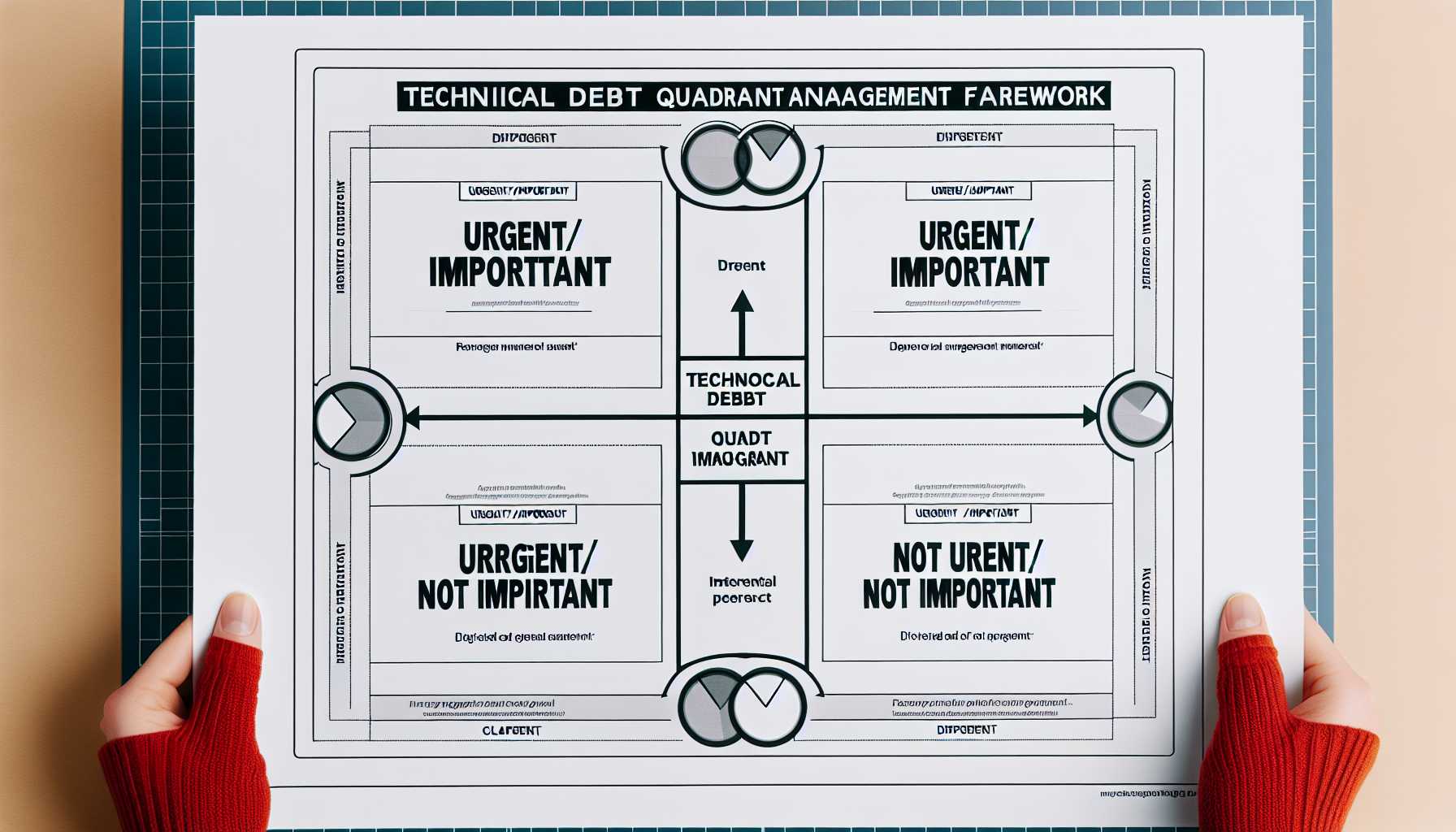Welcome back to our product management insights blog.
In a landscape where continuous product development has become the norm, managing technical debt is more critical than ever. Technical debt can accumulate just like financial debt, and without a strategy to manage it, even the most successful products can become bogged down, leading to lost opportunities and decreased customer satisfaction.
The Inevitable Technical Debt
First, let’s acknowledge that technical debt isn’t inherently negative; it’s often a byproduct of necessary trade-offs in a fast-paced industry. The debt accrues when we opt for quicker, near-term solutions instead of more sustainable, long-term approaches to product development. It’s the reality of working within constraints such as time-to-market, resource availability, and shifting customer demands.
Identifying the Debt
One of my early experiences with technical debt began with the launch of a feature that was rapidly developed to keep pace with competitive pressure. It worked well initially but soon, hidden costs emerged. Scaling the feature became a challenge, maintenance costs soared, and the time for introducing new features was negatively affected due to the underlying messy codebase.
To counter such scenarios, we implemented a three-pronged approach toward better management of technical debt:
Monitoring and Measurement
- Code Reviews: We introduced strict code review processes, ensuring that any new debt is consciously incurred and documented.
- Refactoring Sprints: Building in regular refactoring sprints to address the highest priority debts helped keep our codebase healthy.
- Technical Health Metrics: Implementing dashboards with key performance indicators, such as system complexity or bug rates, became a cornerstone of our continued assessment of technical health.
Prioritization
Prioritizing which debts to pay down first is a bit like managing a financial portfolio – not all debt is equal. We utilized the risk vs. impact analysis to decide which debts needed immediate attention.
Incorporation into Product Roadmaps
Technical debt cannot be an afterthought. By embedding its management into our product roadmaps, we ensured that addressing technical debt was just as important as developing new features.
Practical Strategies for Managing Technical Debt
In my past roles, I observed that companies often fall into two extremes: either they treat debt as a looming disaster and over-invest in refactoring or they disregard it until it’s too late. Striking the right balance is paramount.
The following tactics played a crucial role in successfully managing technical debt:
The Quadrant Model
Based on the famed Eisenhower Matrix, we adapted a quadrant model to categorize technical debt:
- Urgent and Important (UI): Debts that could cause major issues and need immediate resolution.
- Important but Not Urgent (INU): Debts that don’t pose immediate risks but can improve performance or stability in the long run.
- Urgent but Not Important (UNI): Debts that require quick fixes but won’t significantly affect long-term performance.
- Not Urgent and Not Important (NUNI): Debts that have minimal impact and can be addressed in due course.
Tech Debt Sprints
Another strategy we employed was to dedicate a sprint solely to addressing technical debt, roughly once every three sprints. This regular cadence helped prevent any overwhelming accumulation of debt.

Breaking the Cycle
While proactively managing existing technical debt is imperative, breaking the cycle of continuously accruing debt is equally important. Here’s how I’ve approached it in the past:
- Culture of Quality: Building a culture that values quality over shortcuts and addresses tech debt as part of definition of done (DoD).
- Clear Guidelines: Creating clear guidelines for when accruing technical debt is acceptable, ensuring that it’s aligned with strategic goals.
- Training and Education: Continuous learning opportunities for the development teams to keep them abreast of best practices in coding and design patterns.
Embracing Continuous Improvement
An essential part of managing technical debt is the commitment to continuous improvement. By embedding the Kaizen philosophy within our team, we viewed each obstacle as an opportunity for growth and learning.
Final Thoughts
Managing technical debt is a balance between perfection and pragmatism. By identifying, prioritizing, and incrementally addressing this debt, we protected our product’s longevity and customer satisfaction, ensuring that we continued to innovate while scaling effectively.
I invite you to share your strategies for managing technical debt in continuous development. Exchange of ideas is what pushes our industry forward, and I’m always eager to learn from my peers.
